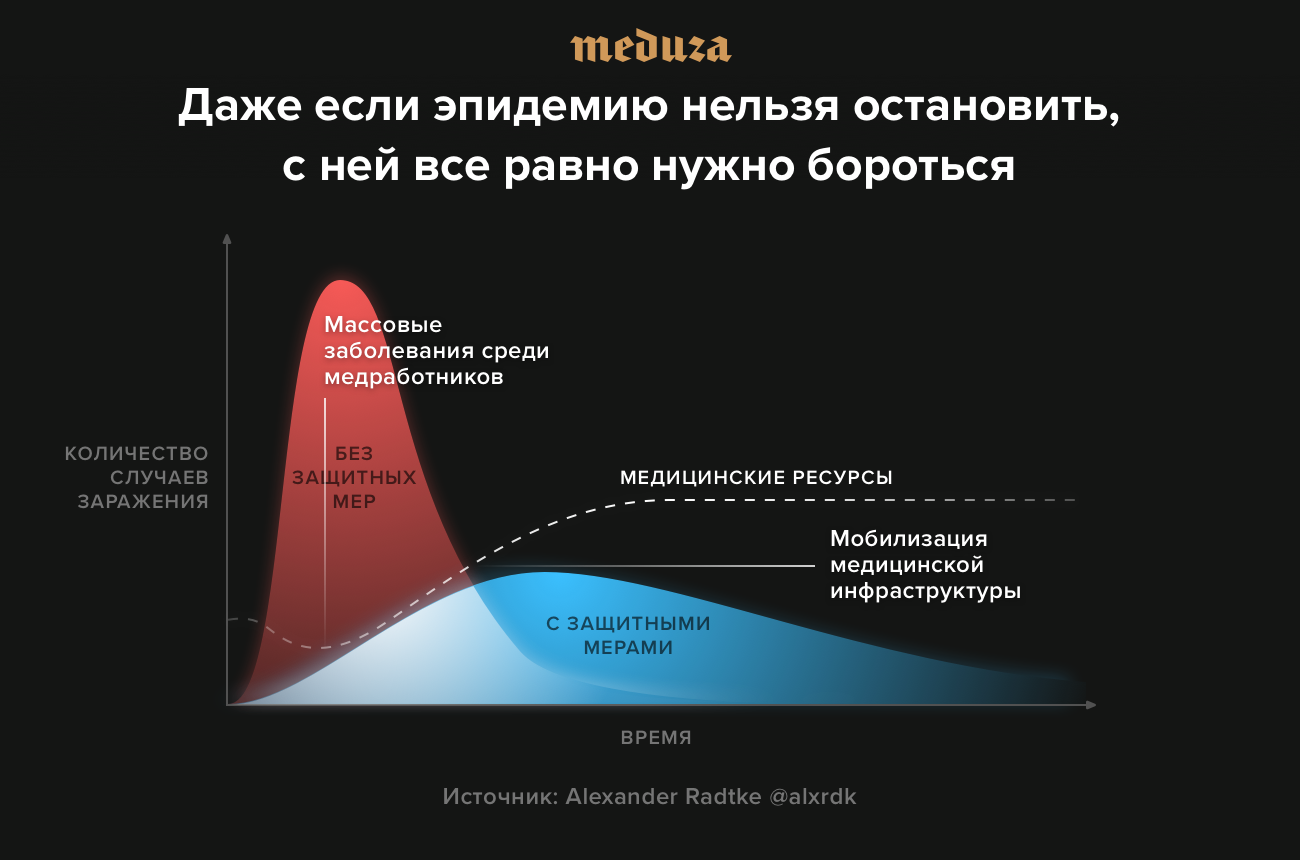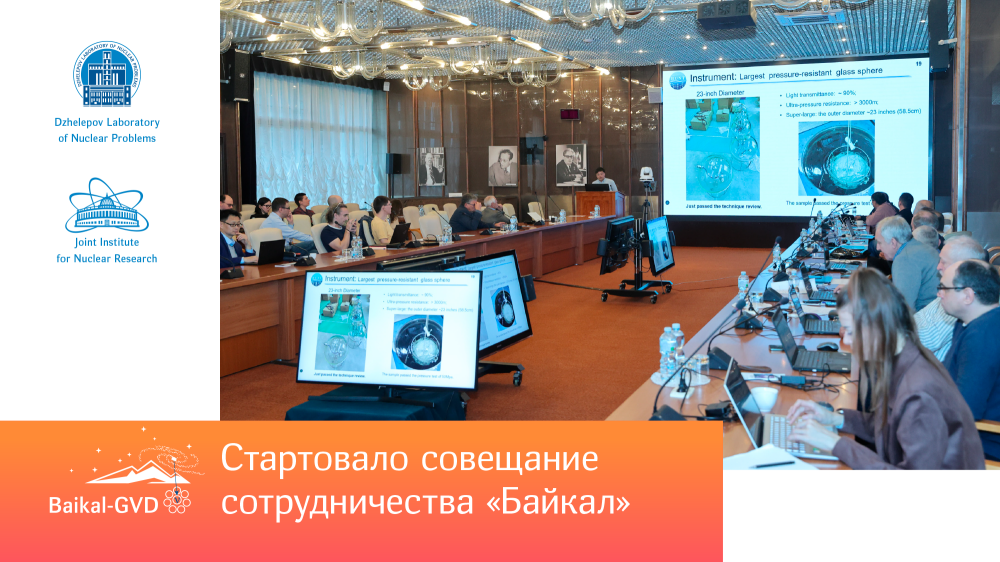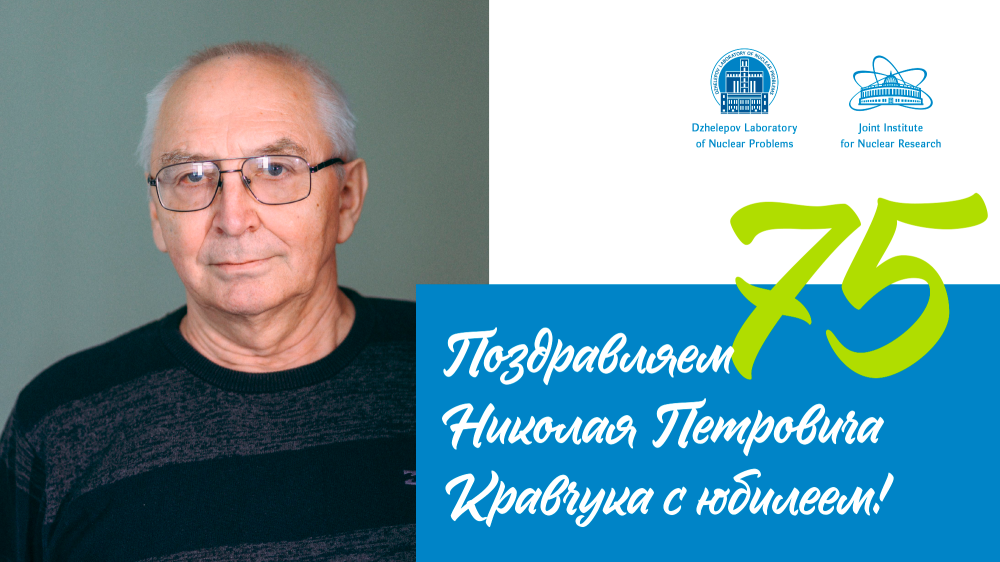COVID-19 Pandemic and Reasonable Steps to Slow It Down

What is a pandemic?
A pandemic is a global outbreak of a disease with the exponential (avalanche-like) increase in sick population across the entire countries and continents. Do you remember a tricky question from our childhood about rice and a chessboard? Onto the first square we put one grain of rice. And if we put onto every next square two times more grains of rice than onto the previous one, there will be two to the power of 64 grains. The total mass of the rice will be 1.2 trillion tonnes!
What influences the speed of virus spreading?
This speed quadratically depends on the number of non-isolated people.
Is there any specific treatment for COVID-19?
No, there is not. According to experts, they do not expect the introduction of the coronavirus vaccine until the middle of the next year. For this reason, the current focus is on prevention, social distancing and quarantine.
Why is social distancing so important?
If a half of population adopts the strategy of social distancing, the spread of the virus will slow down by a factor of four. If 90% of population does it, the spread will taper off by a factor of 100. Therefore, we should strive for social distancing of 90% of the JINR staff.
Comments on the statement: “I have a very important job to do. I cannot stop it”.
All of us have an important job to do. If we encourage you to stay home, it does not mean automatically that we think the things you do are unimportant. Now, the crucial point is to stop the pandemic. Modern humankind has never faced a challenge like this one before. The measures taken could seem excessive, but they are not. Consider recent statistics. Moreover, our collaborators do the same across the globe. We all will be behind schedule.
Why is the coronavirus so frightening? They say it is just like any common cold.
Firstly, it is not. It is surely worse. The fatality rate varies from 4% in China to almost 8% in Italy. Secondly, even if we take 4% for our calculations, then, in case we do not stop the pandemic in Russia, 5.6 million people could die over the period of two months (5.6 million is 4% of 140 million people, the total population of Russia). At the beginning it could be just a few isolated individuals, then tens and afterwards some millions of people (see the question about rice and a chessboard).
In which way can social distancing help?
Once, some time later, the health system might not be able to care for a large number of newly infected people. There might be no vacant places in hospital rooms, the beds would be allocated even in halls. Other health issues (a broken leg, acute appendicitis, infarction etc.) might not be treated any more. Medical staff might have to be forced to choose whom they help and whom not, for they would not be able to help everyone. Are you scared of this vision? We did non mean to scare you. But similar things are already happening in Italy and just about to start in the US.
And social distancing will flatten the exponential curve to the point when public health service will be able to care for everyone who needs help.
The following links were noted earlier.
• A very instructive article with animated simulations of different scenarios (if we do nothing / exponential curve / evolution considering precautionary measures (social distancing, quarantine etc.)):
• An article in Russian answering some of relevant questions:
• Poisk, Science and Technology News. The coronavirus fatality rate worldwide:
Please keep in mind that a single person’s behaviour can impact the spreading of the virus as well. Active prevention, strict and in time, can help avoid possible collapse of public health care services. We should stay reasonable and try not to expose ourselves and the people around us to undue danger.






